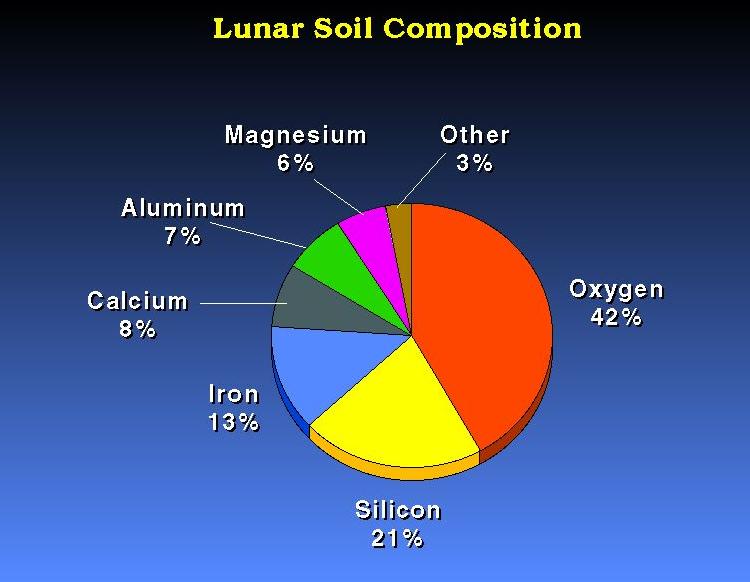Como é a Lua?
A Lua é o satélite natural da Terra. O seu diâmetro é de aproximadamente 3400km (cerca de 0.27 diâmetros terrestres). A Lua não tem atmosfera. Isto faz com que a sua temperatura varie entre os -200ºC (noite lunar) e os 120ºC (dia lunar). A superfície da Lua está coberta por inúmeras crateras resultantes do impacto de meteoritos. Dada a ausência de processos erosivos na Lua (vento, àgua corrente,...) estas crateras encontram-se bem preservadas (ao contrário do que acontece na Terra) e a sua contagem dá-nos uma estimativa da idade da superfície lunar numa determinada região. Resultante desse bombardeamento meteórico a superfície lunar está coberta por uma camada (que varia entre um e 20m de altura) de poeira e detritos. As zonas escuras que se observam na superfície lunar (mesmo a olho nu) designam-se por mares. A designação resulta de no passado termos chegado a pensar que se tratavam de verdadeiros oceanos como os da Terra. Hoje sabemos que se tratam de bacias de lava solidificada.
Grande parte do que sabemos sobre o interior da Lua foi conseguido à custa do estudo da propagação de ondas sísmicas. Sabemos, assim, que a Lua é composta por um núcleo com cerca de 700km de raio. Embora não saibamos ainda muito sobre a composição deste núcleo sabemos que deve estar no estado sólido (dada a inexistência de campo magnético). Acima do núcleo temos uma região com cerca de 400km de espessura composta por material parcialmente fundido e, acima dessa região, temos o manto formado por magma cristalizado. A envolver o manto temos a crusta lunar com uma espessura que varia entre 0 e 60km. A crusta é essencialmente composta por Oxigénio, Silício, Magnésio, Ferro, Cálcio e Aluminio (ver figura).

Composição do solo lunar / Composition of the lunar surface.
(http://fti.neep.wisc.edu/neep533/SPRING1999/LEC13/lecture13.html)
What is the Moon?
The Moon is a natural satellite of the Earth. Its
diameter is approximately 3400km (about 0.27 earth diameters). The Moon does not
have an atmosphere. This causes its temperature to vary between -200ºC (lunar
night) and 120ºC (lunar day). Its surface is covered by numerous craters, the
result of meteor impacts. Due to the lack of erosive processes on the Moon
(wind, running water …) these craters are well preserved (contrary to what
happens on Earth) and there number gives us an estimate of the age of the
surface of a certain region. As a result of this meteoric bombardment the Moons
surface is covered by as layer (which varies between 1 and 20m in height) of
dust and debris. The dark areas that we see on the Moon’s surface (even with the
naked eye) are called seas. This is because in the past we thought
that they were real oceans like the ones on Earth. Today we know that they are
solidified lava basins.
Most of what we know about the Moon is due to the
propagation of seismic waves. We know, therefore, that the Moon is made up of a
nucleus with about a 700km radius. Although we do not yet know much about the
composition of this nucleus we do know that it should be in a solid state (due
to the inexistence of a magnetic field). Above the nucleus we have a region with
a thickness of about 400km made up of partially molten material and, above this
region; we have a mantel made up of crystallized magma. Covering the mantel we
have the lunar crust with a thickness that varies between 0 and 60km. The crust
is essentially composed of Oxygen, Silicon, Magnesium, Iron, Calcium and
Aluminium (see the figure).
